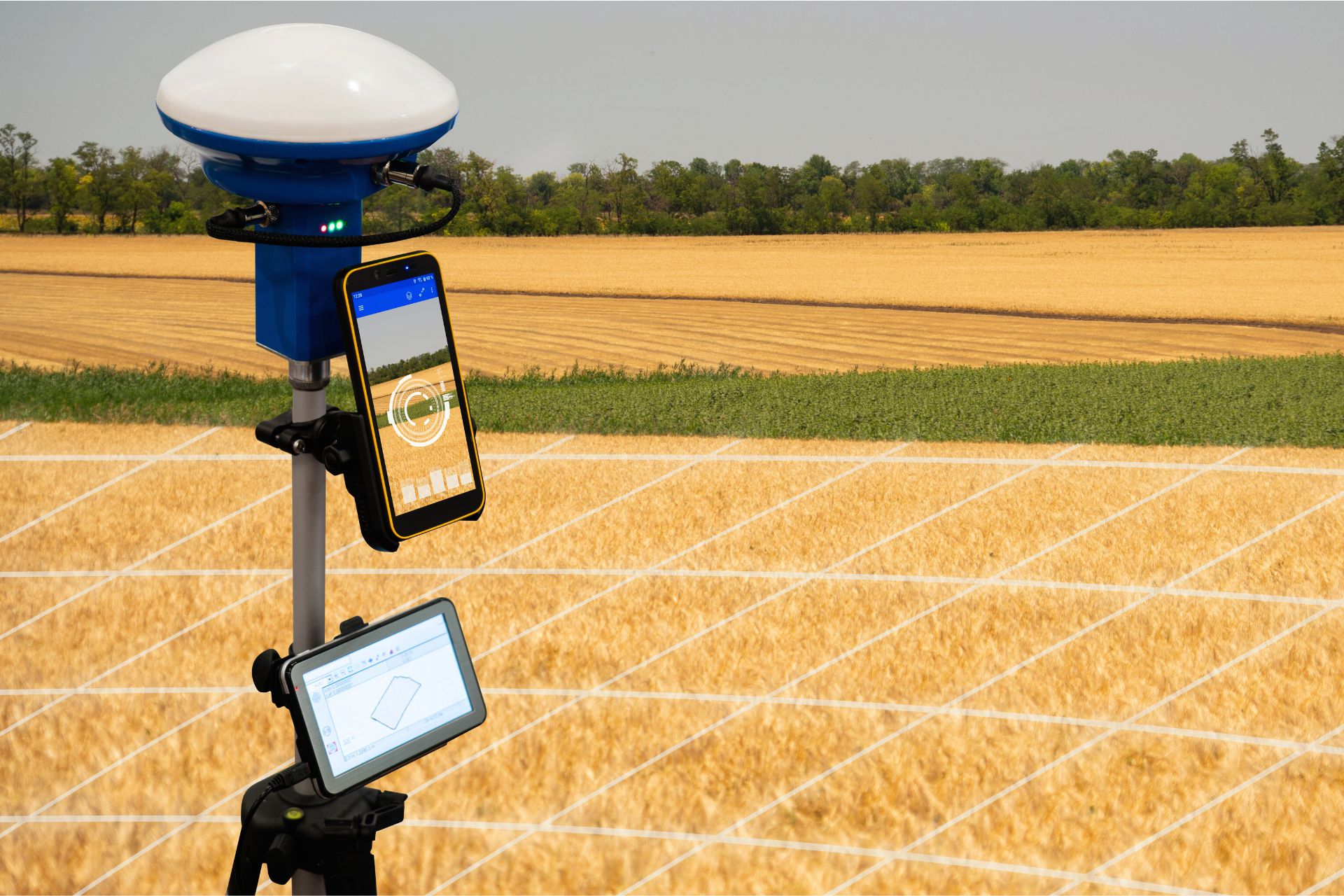In the past, farming often relied on intuition, tradition, and broad approaches to managing land and crops. But in recent years, a quiet revolution has taken root in fields across America: precision agriculture. At its core, precision agriculture is the use of advanced technology and data analysis to make farming more efficient, environmentally friendly, and profitable. It allows growers to manage fields not just acre by acre, but inch by inch.
What Is Precision Agriculture?
Precision agriculture, sometimes called “smart farming,” is an approach to crop and livestock management that uses GPS, sensors, drones, and data analytics to optimize every part of the farming process. Instead of treating an entire field the same, farmers can apply water, fertilizer, and pesticides in precisely the right amounts, at exactly the right times, and in the exact locations where they’re needed.
This high-tech method relies on tools like GPS-guided tractors, satellite imagery, and real-time sensors embedded in soil or attached to equipment. These tools help farmers monitor everything from soil moisture levels to crop health to equipment efficiency.
Machinery and Tools Involved
Several types of machinery and equipment are central to precision agriculture:
- Autonomous and GPS-Guided Tractors: These can drive in perfectly straight lines without overlap or gaps, reducing wasted fuel and time.
- Variable Rate Applicators: Sprayers and seeders that adjust application rates based on field maps and sensor data, ensuring inputs are used efficiently.
- Drones and UAVs: These capture high-resolution imagery of fields, identifying issues like pest infestations or nutrient deficiencies long before they’re visible to the naked eye.
- Soil Sensors and Weather Stations: Devices placed in the field monitor conditions in real time, helping guide irrigation and fertilization decisions.
- Telematics and Farm Management Software: These systems collect, store, and analyze data to help farmers make smarter decisions over time.
Costs vs. Benefits
Adopting precision ag technology isn’t cheap. A new GPS-guided tractor can cost $200,000 or more, and variable rate applicators or drones come with their own price tags. Software subscriptions and training are additional costs. For small operations, the investment may seem out of reach.
However, the benefits often outweigh the costs in the long run. Precision agriculture reduces waste, cuts down on fuel use, lowers chemical inputs, and improves yields. According to USDA data and industry case studies, farms that adopt precision ag methods can see input reductions of 10 to 30 percent and yield increases of 15 percent or more, depending on the crop and region.
There’s also the long-term environmental benefit. By using only the amount of fertilizer and pesticide needed, runoff is reduced, soil health is better maintained, and water resources are used more efficiently.
Challenges and Limitations
Despite the promise, precision agriculture isn’t without its hurdles. High upfront costs, patchy rural internet access, and the steep learning curve associated with new technology can slow adoption. There’s also the issue of data ownership and privacy, with some farmers wary of sharing sensitive information with equipment manufacturers or software providers.
What the Future Holds
Looking ahead, precision agriculture is expected to become even more advanced. Artificial intelligence and machine learning will play a greater role, helping farms predict disease outbreaks, optimize planting schedules, and make real-time decisions with greater accuracy.
More automation is on the horizon, too. Self-driving combines, robotic weeders, and automated drone swarms are all in development or early use. Over time, the cost of these technologies may come down, making them accessible to smaller farms.
Importantly, as the U.S. faces labor shortages and climate uncertainty, precision agriculture could become a vital lifeline for maintaining food production while minimizing environmental impact.
Final Thoughts
Precision agriculture isn’t just a buzzword. It’s a growing movement that blends age-old farming wisdom with cutting-edge technology. While not every farm is ready to make the leap, those that do are often rewarded with lower costs, higher yields, and better environmental outcomes. As the technology becomes more affordable and easier to use, precision ag is likely to become the new standard for American farming.


Leave a Reply